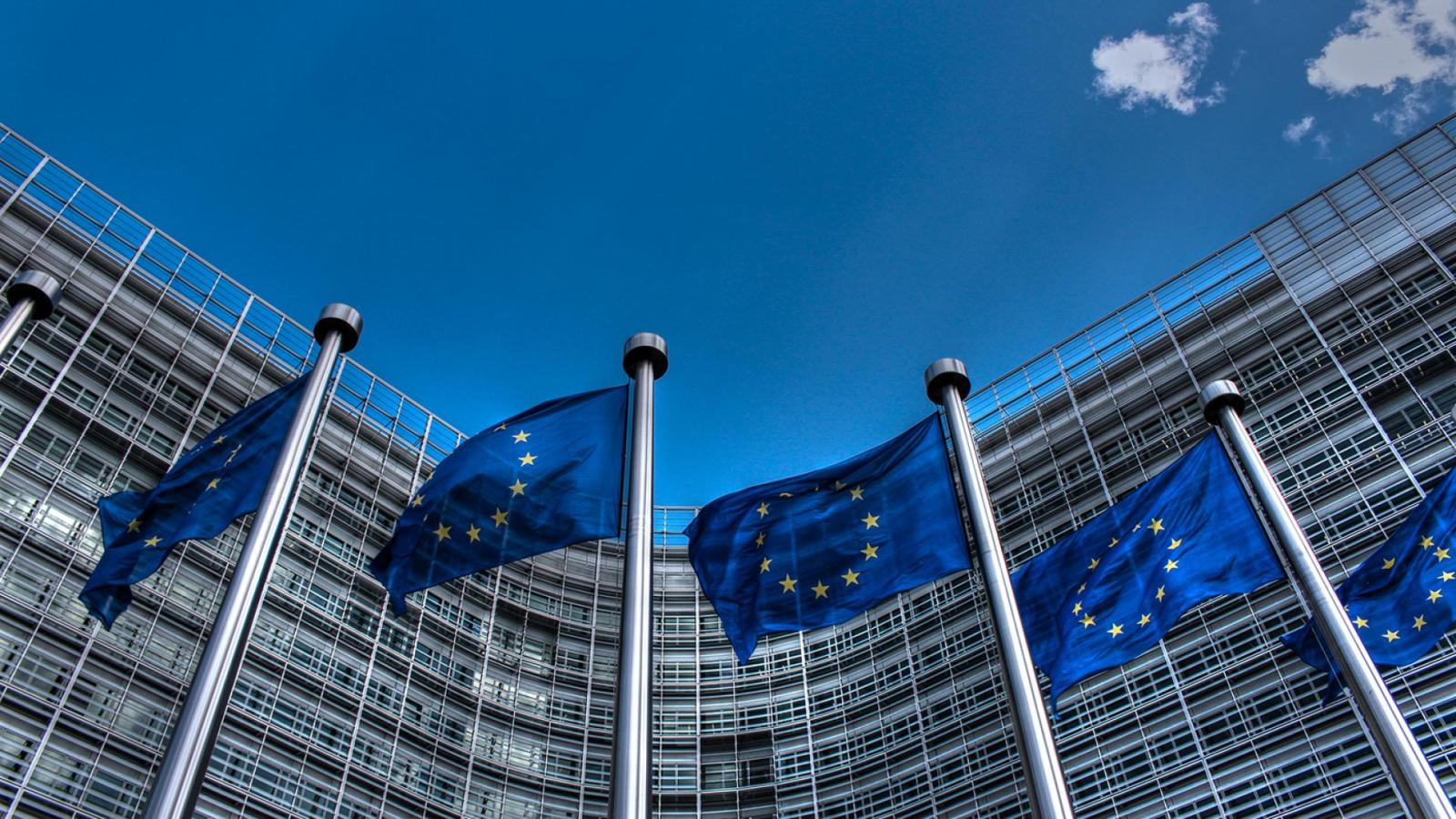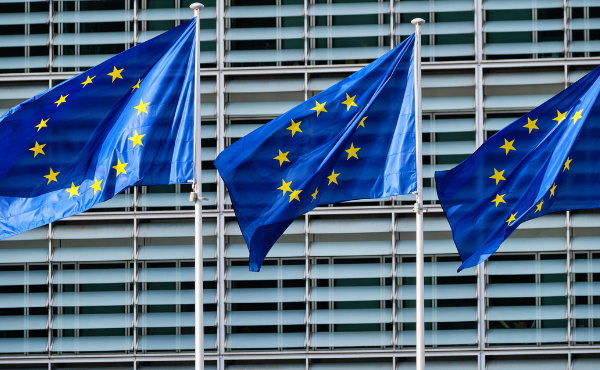
The ECGI blog is kindly supported by

Supply Chain Liability in the Corporate Sustainability Due Diligence Directive Proposal
Introducing a supply chain liability, the Corporate Sustainability Due Diligence Directive proposal takes a first, but insufficient step towards making companies internalize the cost of human and environmental degradation.
The proposal of Corporate Sustainability Due Diligence Directive (CSDDD) establishes ‘due diligence’ obligations, to be implemented by Member States, requiring companies to identify, prevent or at least mitigate, and ultimately terminate adverse impacts on human rights and environmental protection by them, their subsidiaries, and their supply chain partners. Failure to do so may expose the parent company to administrative sanctions and civil liability. Focusing on the latter, I will explain that establishing a supply chain liability, the EU could counter the strategic use of limited liability to avoid damage compensation for human and environmental degradation. However, the current proposal is ineffective and possibly counterproductive as it fails to address the crucial issue of the burden of proof.
In economics, adverse impacts on human rights and environmental protection are negative externalities. Because individuals and corporations do not bear the full social cost of human and environmental degradation, they produce too much of it. Although this may sound cynical, economics helps clarify the meaning of sustainability as correcting negative externalities of this kind. This, in turn, means making individuals and corporations internalize the social cost of their actions, which governments have been trying to do via taxes, regulation, and liability rules. Governments have been struggling with making corporations internalize externalities. The recent emphasis on corporate and investors’ responsibility for sustainable development, for instance – as I explain here – in the EU Taxonomy Regulation, acknowledges government limitations in correcting corporate externalities. The CSDDD’s expanding corporate liability goes in the same direction.
A bigger problem is that corporations anywhere enjoy limited liability allowing them to externalize social cost even when, ex-post, they would be liable for the harm done
Corporations can escape government regulation because, to a large extent, they can choose the jurisdiction governing them through the decision where and what lines of business to incorporate. Part of the problem is that different jurisdictions cope with externalities differently, depending on the relative influence of lobbies on taxation and regulation. A bigger problem is that corporations anywhere enjoy limited liability allowing them to externalize social cost even when, ex-post, they would be liable for the harm done. When the liability is higher than the company’s equity, the company is judgment proof. Ex-ante, such a company has incentive to engage in human and environmental degradation because, if caught, it will not be able to pay damages. More important, undercapitalized companies can be created precisely with the purpose to externalize social cost. In principle, the supply chain liability established by the CSDDD deals with this problem.
Article 22 of the CSDDD proposal makes all companies in scope liable for failure to comply with due diligence obligations. The innovation here is that companies are liable for the damages caused by their subsidiaries and supply chain partners, wherever in the world they are. This aims to stop companies from evading tort liability by concentrating potentially harmful activities in judgment-proof subsidiaries. Overcoming limited liability in this context has been long advocated by the law & economics literature to make corporations internalize negative externalities (Hansmann & Kraakman 1991). The fact that corporate groups use limited liability strategically is borne out by the empirical evidence. A recent finance study found that the introduction of parent liability protection in environmental liability cases by the U.S. Supreme Court resulted in a 5% to 9% increase in pollutant emissions by subsidiaries.
Making parent companies unlimitedly liable for damages by subsidiaries would seem the obvious solution.
Making parent companies unlimitedly liable for damages by subsidiaries would seem the obvious solution. The CSDDD proposal is functionally equivalent as it imposes directly on the parent failing to exercise due diligence liability for the damages by subsidiaries (and supply chain partners, as discussed below). Regulatory arbitrage undermines both approaches. First, liability for damages by subsidiaries depends on some definition of subsidiary control, such as the CSDDD reference to ‘controlled undertakings’ based on the Transparency Directive. Corporate groups can get around this definition. Second, the CSDDD aims to cover also non-EU companies having sufficiently large turnover in the EU. However, non-EU parents can escape liability operating in the EU territory through subsidiaries, whose liability does not carry on to the non-EU parent. To avoid regulatory arbitrage, Hansmann and Kraakman advocated a simpler rule: unlimited shareholder liability towards tort victims with extraterritorial reach. Although the CSDDD falls short of this approach, it addresses another loophole. Even if unlimitedly liable, shareholders could enjoy limited liability by outsourcing potentially harmful activities to formally independent corporations and share in the benefit of cost externalization by paying a lower price for inputs or receiving a higher price for outputs. A recent job market paper uncovers evidence of supply chain’s strategic disaggregation.
The CSDDD tackles supply chain’s strategic disaggregation by expanding liability to the operation of suppliers or customers, also indirect, in ‘established business relationships.’ However, companies can escape supply chain liability too. Firstly, liability depends on vague standards such as failure to take ‘appropriate’ measures, though some required actions are identified more precisely. Moreover, companies are not liable for damages by indirect partners if they have requested from the direct partners contractual assurance that due diligence obligations will be passed on, and set up a system to verify compliance, unless it is ‘unreasonable’ to expect that these measures are effective. Not only does this approach call for box ticking, but it also makes the effectiveness of supply chain liability dependent on who has the burden of proof. Liability will not bite if victims must prove that due diligence measures were unreasonable. Surprisingly, in Recital 58, the CSDDD proposal leaves this matter to Member States.
Failing to legislate on the burden of proof seems to be a fatal mistake of the CSDDD proposal.
Failing to legislate on the burden of proof seems to be a fatal mistake of the CSDDD proposal. Whereas placing the burden of proof on the victims would undermine liability’s effectiveness, leaving the choice to national law is worse. Varying national rules call for regulatory arbitrage. Companies will rearrange their supply chains to minimize liability exposure, frustrating the purpose of supply chain liability. On the one hand, liability will not help internalise externalities as corporations can evade it. On the other hand, rearranging supply chain partners to evade liability creates additional inefficiency as it increases the transaction cost of make-or-buy decisions.
Alessio M. Pacces is the Professor of Law & Finance at the Amsterdam Law School and the Amsterdam Business School of the University of Amsterdam. Since 2019, Alessio is the Director of the Amsterdam Center for Law & Economics (ACLE).
This article is from the special issue of the ECGI Blog on the Corporate Sustainability Due Diligence (CSDD) Directive proposal, including articles from Erik Lidman and Anne Lafarre.
The ECGI does not, consistent with its constitutional purpose, have a view or opinion. If you wish to respond to this article, you can submit a blog article or 'letter to the editor' by clicking here.




